A version of this story will appear in CNN Business’ Nightcap newsletter. To get it in your inbox, sign up for free here.
At this point, even the concept of an “AI bubble” seems to be a bubble. (In fact, Deutsche Bank analysts said last month that the “AI bubble” bubble has already burst.)
Perhaps some corners of the internet are bored of the bubble talk. That’s not making the market any less, um, bubbly.
Just this week, the Financial Times wrote that 10 AI startups — not a dollar in profit among them — have gained nearly $1 trillion in market value over the past 12 months. (That is, to use a technical term, bananas.)
Even as Wall Street analysts and tech media increasingly question the hype, drawing uneasy comparisons to the late 1990s, the AI industry’s response has been to shrug and watch their valuations tick higher and higher. The AI faithful believe the technology will disrupt (in a good way, hopefully!) virtually every aspect of modern life, from phone operating systems to pharmaceuticals to finance. And even if there is a bubble, proponents say, the dot-com bubble gave us companies like Amazon, and the internet became, well, the internet.
There are plenty of skeptics countering the AI hype machine, though few professional market analysts have done so as stridently as Julien Garran, a researcher and partner at the UK firm MacroStrategy Partnership.
Earlier this month, Garran published a report claiming that we are in “the biggest and most dangerous bubble the world has ever seen.” Garran concludes that there is a “misallocation of capital in the US” that makes the current frenzy 17 times bigger than the dot-com bubble and four times bigger than the 2008 real-estate bubble.
That is, needless to say, a bold claim about a phenomenon that is famously hard to predict.
I sat down (virtually) with Garran earlier this week to talk bubbles and why he thinks the AI fervor is, to quote his report, not just “a bit bad” but rather “the antithesis of socio-economic progress.”
The following interview has been edited for length and clarity.
Nightcap: Your latest AI report made a lot of waves among finance and tech media junkies like myself. Can you walk me through the top lines?
At the heart of the note is a golden rule I’ve developed, which is that if you use large language model AI to create an application or a service, it can never be commercial.
One of the reasons is the way they were built. The original large language model AI was built using vectors to try and understand the statistical likelihood that words follow each other in the sentence. And while they’re very clever, and it’s a very good bit of engineering required to do it, they’re also very limited.
A version of this story will appear in CNN Business’ Nightcap newsletter. To get it in your inbox, sign up for free here.
At this point, even the concept of an “AI bubble” seems to be a bubble. (In fact, Deutsche Bank analysts said last month that the “AI bubble” bubble has already burst.)
Perhaps some corners of the internet are bored of the bubble talk. That’s not making the market any less, um, bubbly.
Just this week, the Financial Times wrote that 10 AI startups — not a dollar in profit among them — have gained nearly $1 trillion in market value over the past 12 months. (That is, to use a technical term, bananas.)
Even as Wall Street analysts and tech media increasingly question the hype, drawing uneasy comparisons to the late 1990s, the AI industry’s response has been to shrug and watch their valuations tick higher and higher. The AI faithful believe the technology will disrupt (in a good way, hopefully!) virtually every aspect of modern life, from phone operating systems to pharmaceuticals to finance. And even if there is a bubble, proponents say, the dot-com bubble gave us companies like Amazon, and the internet became, well, the internet.
There are plenty of skeptics countering the AI hype machine, though few professional market analysts have done so as stridently as Julien Garran, a researcher and partner at the UK firm MacroStrategy Partnership.
Earlier this month, Garran published a report claiming that we are in “the biggest and most dangerous bubble the world has ever seen.” Garran concludes that there is a “misallocation of capital in the US” that makes the current frenzy 17 times bigger than the dot-com bubble and four times bigger than the 2008 real-estate bubble.
That is, needless to say, a bold claim about a phenomenon that is famously hard to predict.
I sat down (virtually) with Garran earlier this week to talk bubbles and why he thinks the AI fervor is, to quote his report, not just “a bit bad” but rather “the antithesis of socio-economic progress.”
The following interview has been edited for length and clarity.
Nightcap: Your latest AI report made a lot of waves among finance and tech media junkies like myself. Can you walk me through the top lines?
At the heart of the note is a golden rule I’ve developed, which is that if you use large language model AI to create an application or a service, it can never be commercial.
One of the reasons is the way they were built. The original large language model AI was built using vectors to try and understand the statistical likelihood that words follow each other in the sentence. And while they’re very clever, and it’s a very good bit of engineering required to do it, they’re also very limited.

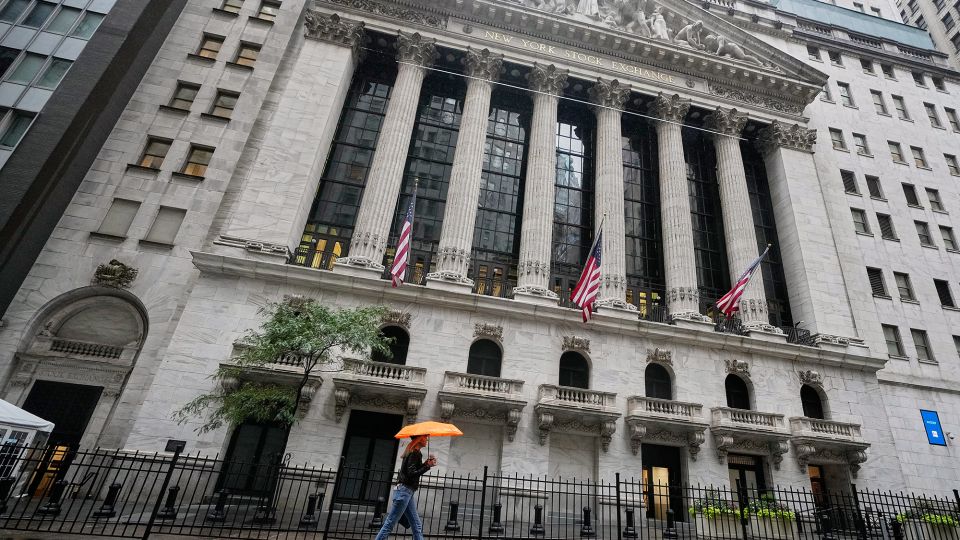

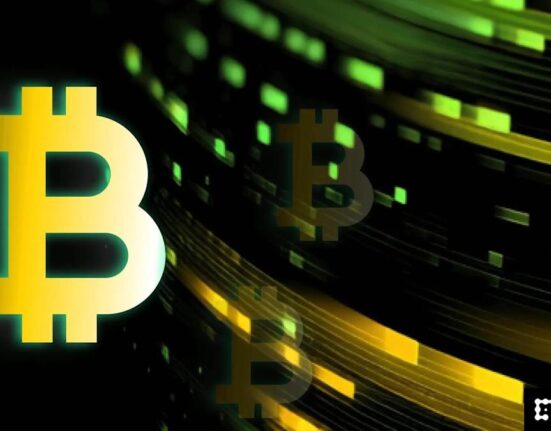
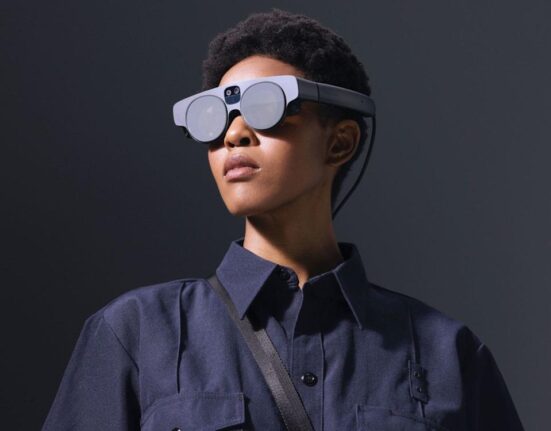
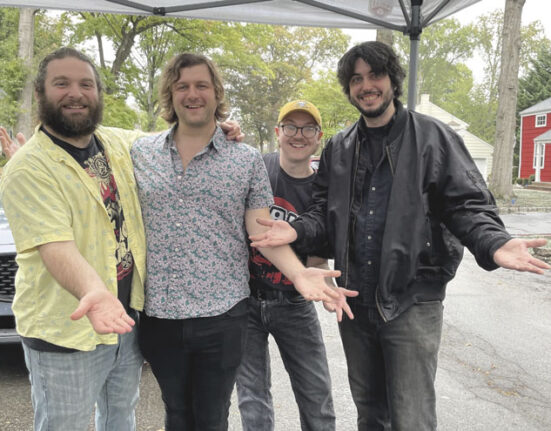
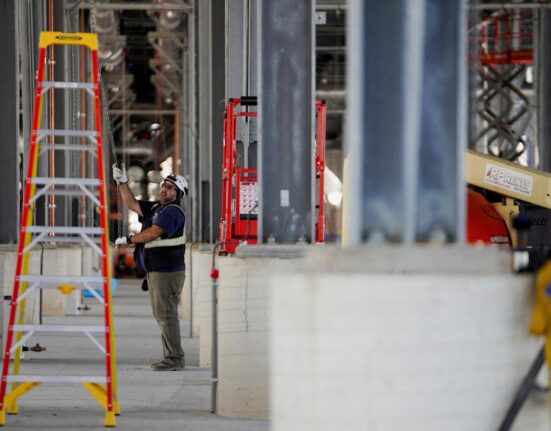

Leave feedback about this